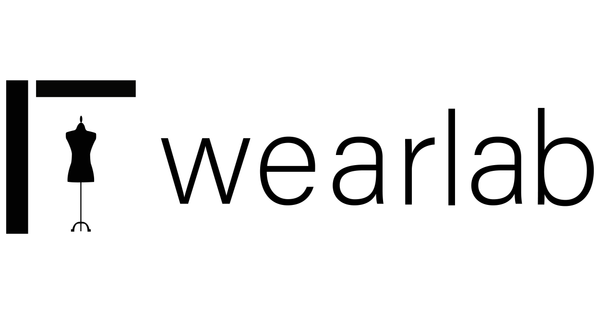
Building a Truly Sustainable Fashion Brand: Beyond the Buzzwords
Share
“I want to start a sustainable brand.”
It’s a statement I hear frequently from startups. But when I ask, “What does sustainability mean to you?” the answers often lack depth.
Sustainability isn’t just about using recycled polyester or organic cotton. It’s a comprehensive approach that encompasses every aspect of your brand from design and production to distribution and end-of-life considerations.
1. Understand Your Materials
Choosing the right fabrics is crucial. It’s not enough to select materials labeled as “eco-friendly.” Dive deeper into understanding where your fibers come from, how they’re processed, and the environmental impact of their production. Consider factors like water usage, energy consumption, and chemical treatments involved in creating the textiles.
2. Optimize Cutting and Sewing Processes
Fabric waste is a significant issue in garment manufacturing, often accounting for up to 15% of material loss during production. Implementing efficient pattern-making techniques and working with skilled cutters can minimize offcuts. Additionally, consider zero-waste design principles that aim to eliminate fabric waste entirely.
3. Rethink Sampling Strategies
Excessive sampling not only increases costs but also contributes to material waste. Adopt a more strategic approach by utilizing digital prototyping tools and limiting physical samples to essential iterations. This approach conserves resources and accelerates the development process.
4. Manage Fabric Scraps Responsibly
Instead of discarding fabric remnants, explore creative ways to repurpose them. At WearLab, we donate our fabric scraps to design students and encourage clients to develop small accessory lines or limited-edition pieces using leftover materials. This practice not only reduces waste but also fosters innovation.
5. Evaluate Your Supply Chain
Consider the environmental impact of your manufacturing locations. Producing garments closer to your primary market can reduce transportation emissions and improve supply chain transparency. Assess whether local or regional factories align with your sustainability goals and logistical needs.
6. Embrace Circular Fashion Principles
Design your products with their entire lifecycle in mind. This includes creating garments that are durable, repairable, and recyclable. Implement take-back programs or partner with recycling initiatives to ensure your products don’t end up in landfills.
7. Prioritize Transparency and Traceability
Consumers are increasingly demanding to know where and how their clothes are made. Provide clear information about your sourcing, manufacturing processes, and sustainability practices. Transparency builds trust and sets your brand apart in a crowded market.
8. Educate Your Team and Customers
Sustainability is a collective effort. Ensure your team understands and supports your environmental goals. Additionally, educate your customers about the steps you’re taking to be sustainable and how they can contribute, such as proper garment care and recycling options.
Building a sustainable fashion brand is a continuous journey that requires commitment, innovation, and transparency. By implementing these strategies, you can create a brand that not only meets the growing demand for eco-friendly products but also makes a positive impact on the planet.
Interested in developing a sustainable fashion brand? Contact us to learn how WearLab can support your journey.
